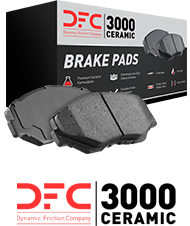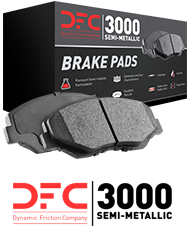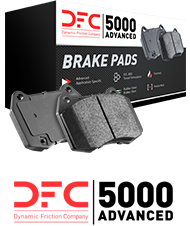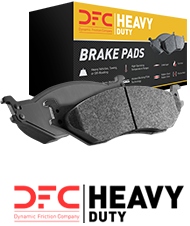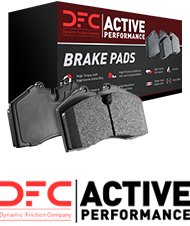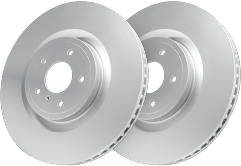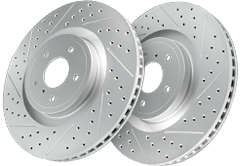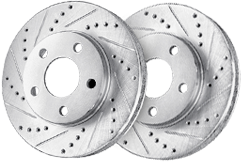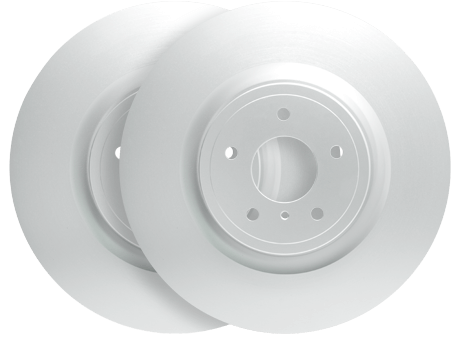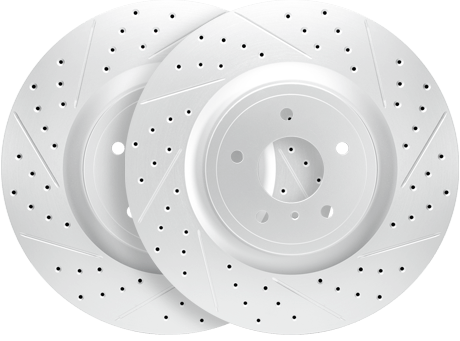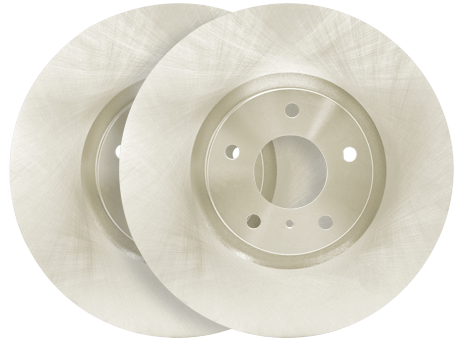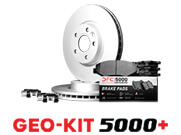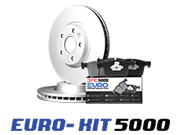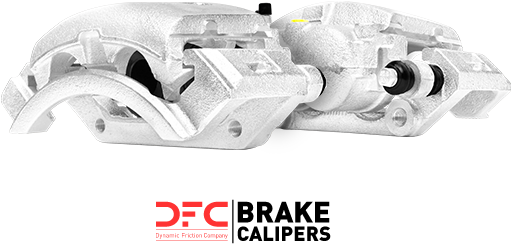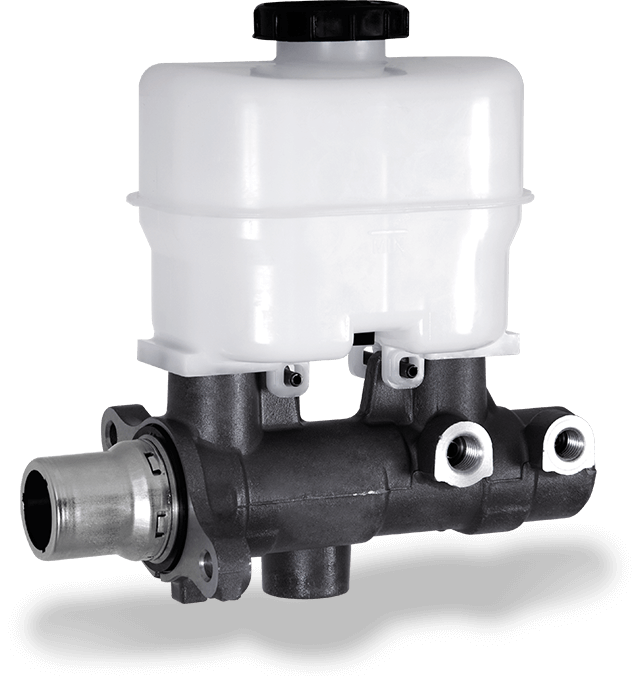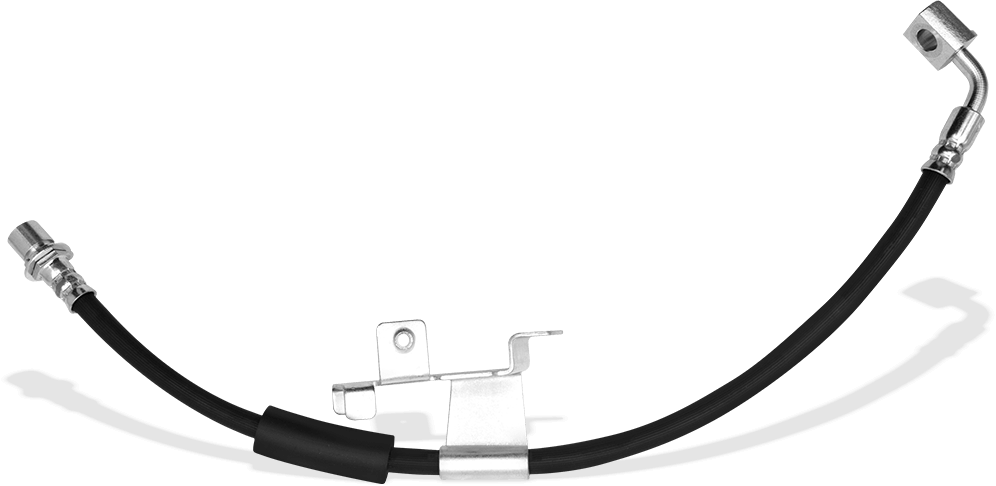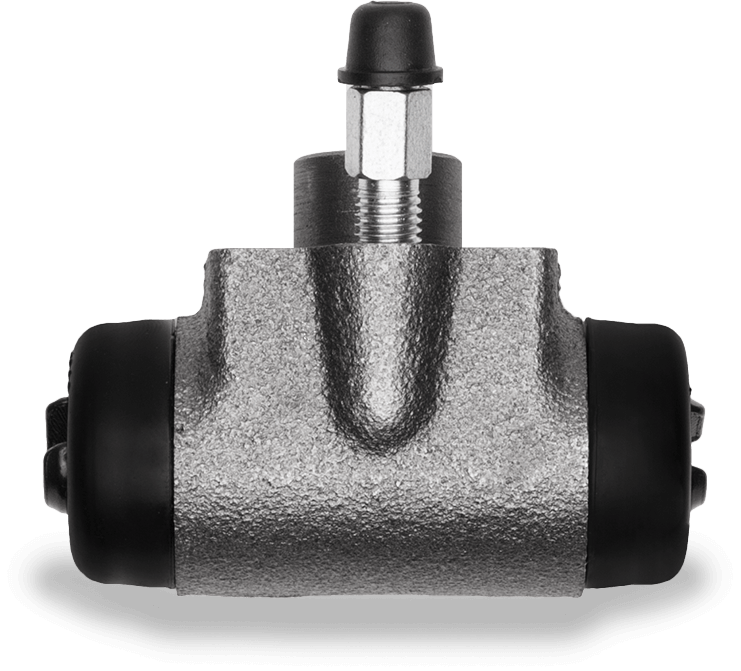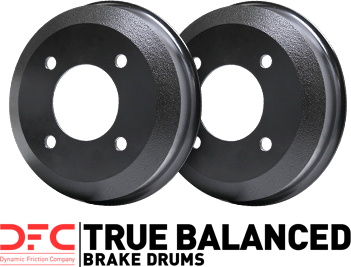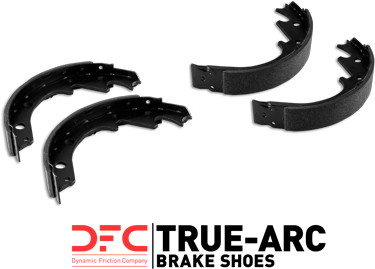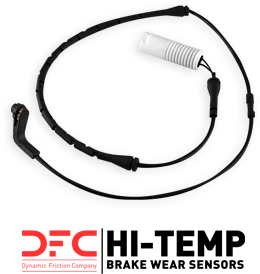Choosing the right type of brake pads for your driving style is critical for optimal vehicle performance and your safety. Whether you’re navigating through urban traffic jams with frequent stops, enjoying smooth highway drives, or pushing the limits with high-speed thrills, our guide takes a practical look at the relationship between your braking needs and the brake pads type of driving style. Dive in as we align brake pad materials like ceramic, organic, and semi-metallic with daily driving scenarios, ensuring your next pit stop matches your personal driving signature.
Key Takeaways
- Brake pads should be selected based on driving style, with ceramic pads for conservative and highway driving, semi-metallic pads for aggressive driving, and organic pads for city driving with frequent stops.
- The material composition of brake pads, including ceramic, metallic, and semi-metallic components, greatly affects performance, longevity, and ideal usage scenarios, requiring careful consideration during replacement.
- Choosing the correct brake pads also depends on the type of vehicle and driving conditions, with manufacturers providing specific recommendations, and replacement should account for noise levels and proper installation techniques.
Matching Brake Pads to Your Driving Style
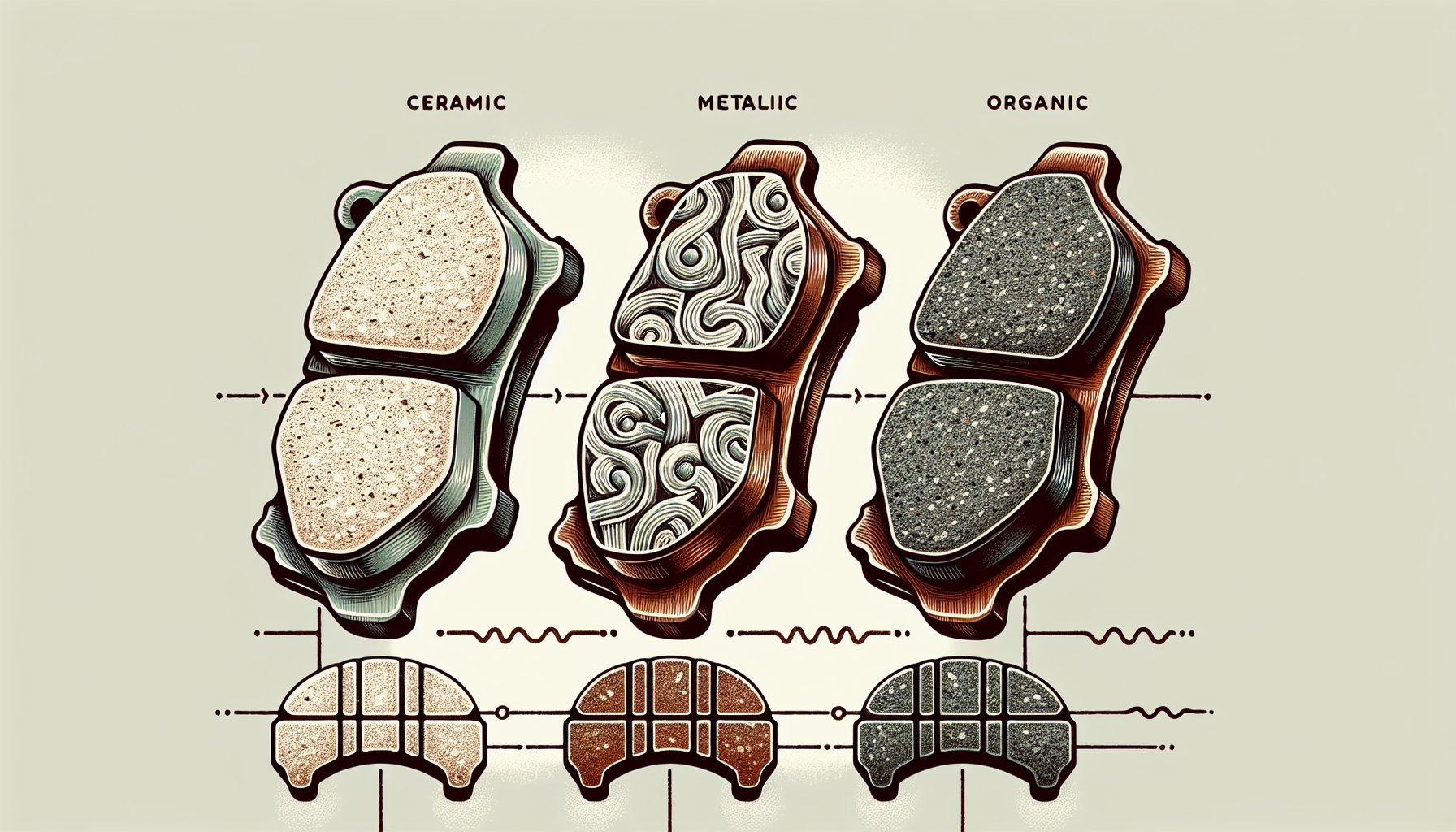
Performance is paramount when it comes to the braking system of a vehicle, and selecting the right type of brake pads plays a crucial role based on your driving habits.
- Drivers who prefer quieter rides with minimal rotor wear during conservative or highway driving might gravitate towards ceramic pads for their vehicles.
- In contrast, semi-metallic pads are preferred by those who engage in more aggressive driving behaviors. These metallic pads excel under conditions requiring heavy braking due to their superior stopping power.
- Meanwhile, urban drivers commonly encounter frequent stops and lighter brakes making organic pads an ideal choice for them since these provide both softness and silence during use.
Indeed, having knowledge about different types of brake pads and matching them with your personal driving style can greatly enhance the efficiency of your vehicle’s braking system. Yet there’s more at stake than just understanding compatibility. Each pad’s material composition also has significant impact on its performance capabilities, durability over time, as well as how fitting they are for various makes or models of cars. Let us explore into these materials’ properties.
City Cruising with Organic Pads
Frequent stopping, congested traffic conditions, and gentler braking requirements during urban journeys favor the use of organic brake pads. These pads are crafted by blending fibers including rubber with carbon compounds as well as glass or fiberglass materials which are then bonded together using a resin to create robust and long-lasting brake components. Known for their softness and noiseless functioning, they’re well-suited to the dynamic environment of city streets while also reducing the amount of brake dust produced, enhancing the overall driving pleasure within metropolitan areas.
Nevertheless, there are several disadvantages associated with organic pads.
- A quicker rate of wear is observed
- They exhibit suboptimal performance in demanding scenarios that require a high degree of heat resistance
- Due to higher compressibility levels these pads deliver reduced stopping power
Despite encountering these challenges, organic brake pads still present an efficient option for regular city driving situations where extreme braking is less common.
High-Performance Thrills with Metallic Pads
For those who revel in the rush of high-speed, intense driving, semi-metallic brake pads are an excellent choice. These metallic brake pads offer superior endurance and can cope with demanding scenarios such as mountain drives or hauling heavy loads. They’re particularly suitable for high-performance sports cars that require a braking system capable of handling elevated temperatures seamlessly.
Nevertheless, these advantages come with certain trade-offs. Semi-metallic pads tend to be louder and generate more brake dust than alternative pad options. Still, for enthusiasts passionate about maximizing their performance-driving pleasure, these small inconveniences are unlikely to dampen the spirit of adventure behind the wheel.
The Balanced Approach with Ceramic Pads
Ceramic brake pads are often the go-to selection for drivers seeking equilibrium in their driving experience. The construction of these ceramic pads includes:
- Robust ceramic fibers
- Various filling substances
- Adhesive elements
- Occasionally, small amounts of metal particles
The specific mix used to create these pads is designed to reduce both noise and the generation of brake dust, providing a serene and neat braking function.
With regard to longevity, ceramic brake pads tend to offer an extended lifespan, which can be particularly advantageous based on the vehicle type you drive and your individual driving conditions. Their reputation for quietness and endurance renders them well-suited for more reserved styles of driving as well as routine commutes or extensive highway travel.
Understanding Brake Pad Materials
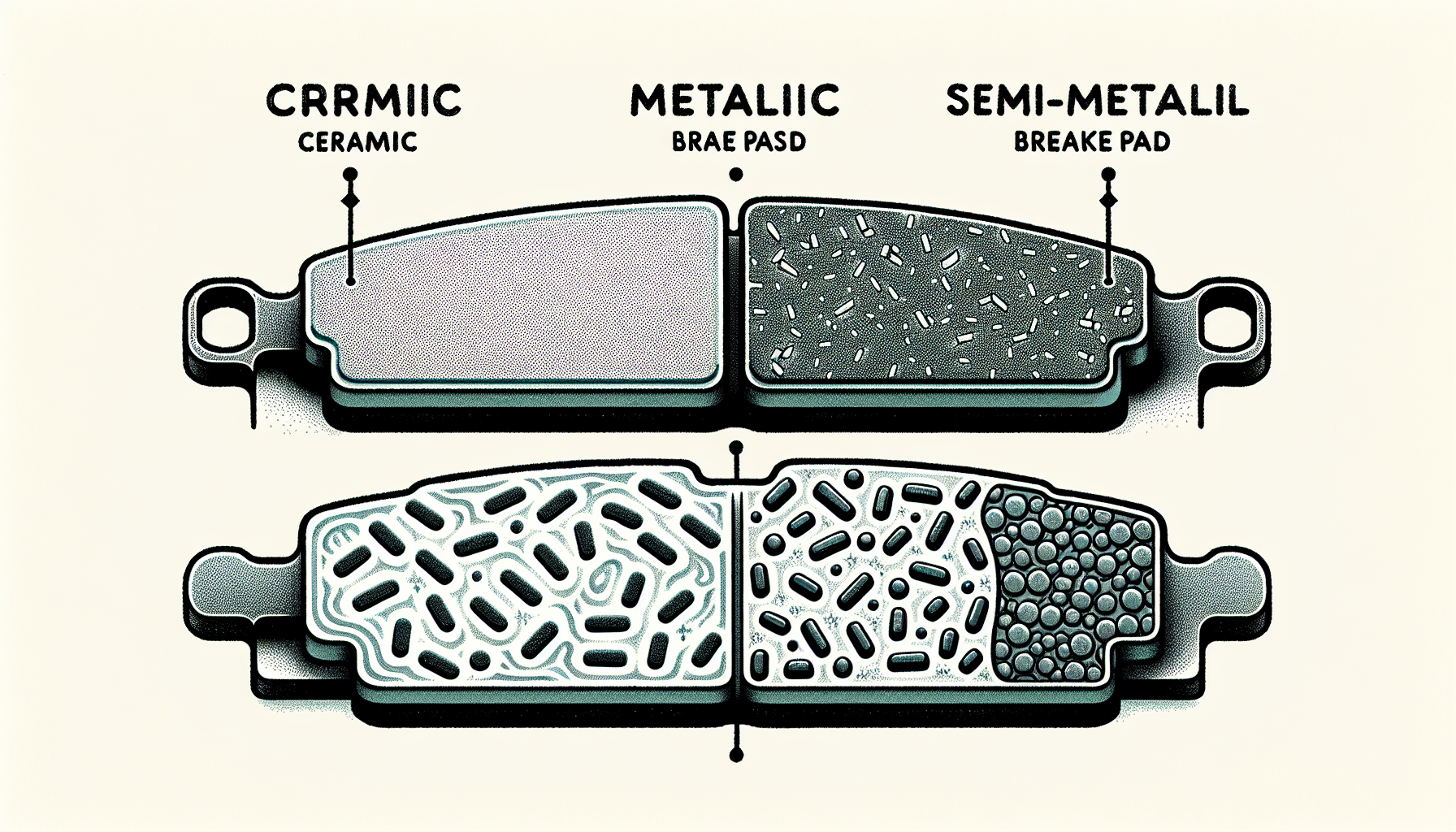
The composition of brake pads is a testament to the innovative melding of science and engineering, all geared toward enhancing your safety and comfort each time you engage the brake pedal. Whether they’re made from ceramic, metallic or semi-metallic materials directly influences how effectively they perform within your vehicle’s braking system. When it comes to choosing replacements for your brake pad, it’s vital to select a material that aligns perfectly with what your car requires.
Embedded with fine copper fibers are ceramic brake pads which provide an impressively clean operation along with durability and noise reduction during braking. These same components might alter how the pad performs under extremely cold conditions or vigorous driving scenarios. Factors like these can also affect their overall expense. It’s important to dive into an understanding of different materials used in pads and how each contributes to the functionality of brakes.
The Role of Fine Copper Fibers
Ceramic brake pads owe much of their effectiveness to the inclusion of fine copper fibers. These fibers elevate the heat dissipation capabilities of the pads, ensuring they maintain optimal function even under extreme temperatures. The enhanced ability to conduct heat not only boosts performance but also extends the overall life expectancy of the entire brake system.
To manage temperature, these copper fibers significantly amplify the frictional properties of ceramic brake pads. Such an improvement is vital for delivering reliable stopping power essential for driver safety on roads.
Carbon Compounds for Performance
Carbon compounds have revolutionized the brake pad industry by enhancing their friction capabilities, which in turn elevates the performance of the braking system during forceful stopping. This improvement allows for quick dispersion of heat and ensures that the pads remain efficient even when subjected to elevated temperatures.
The resilience of these pads against extreme temperatures is critical for drivers seeking high performance. This resistance minimizes brake fade, thus maintaining dependable operation of your vehicle’s brakes, whether you’re engaging in rapid pursuits or navigating steep descents.
Semi-Metallic Composition
Semi-metallic brake pads combine metal and graphite lubricants, offering a robust solution that excels under the high-temperature demands of aggressive driving. The composition of these pads typically ranges from 30% to 70% metal content with steel being a major component along with various composite alloys.
Incorporating metals like iron and copper together with steel, as well as incorporating graphite into semi-metallic brake pads, ensures efficient heat dissipation away from rotors. This metallic mixture is specifically tailored to sustain the rigors associated with high-performance vehicles and drivers who employ an aggressive driving approach.
Selecting Brake Pads Based on Vehicle Type
Your vehicle’s make and model are crucial factors when choosing brake pads, as the wrong type of pad can negatively affect your car’s performance and safety while also potentially reducing the longevity of its braking system. The stopping power necessary for a compact car will differ from that required by a heavy-duty truck because of their distinct weight differences.
For specialized vehicles such as high-performance sports cars or electric models, it is important to select pads capable of withstanding high operating temperatures or those that are compatible with regenerative braking systems. To assist in making an informed choice regarding brake pads, manufacturers and auto parts suppliers often offer tailored recommendations suited to each particular vehicle.
Brake Pad Replacement Tips
Recognizing the appropriate time and method for substituting your brake pads is equally crucial as choosing the correct type. The noise level produced by your brakes can act as a clear indicator of whether it’s time to change them out. Unusually loud noises may signal that the pads are worn and could pose a safety risk. Being familiar with your brake pad warranty conditions can help you replace them in an economically savvy way while maintaining dependability.
For those who prefer taking matters into their own hands, switching out brake pads is doable but involves particular steps like getting to the brake caliper, retracting pistons, and installing new pads accurately. It’s essential always to use suitable tools for this process and correctly apply braking lubricant to avoid any annoying squeaks from occurring—keeping an eye on the fluid levels in your brakes at all times is also necessary.
Aligning Brake Pad Types with Road Conditions
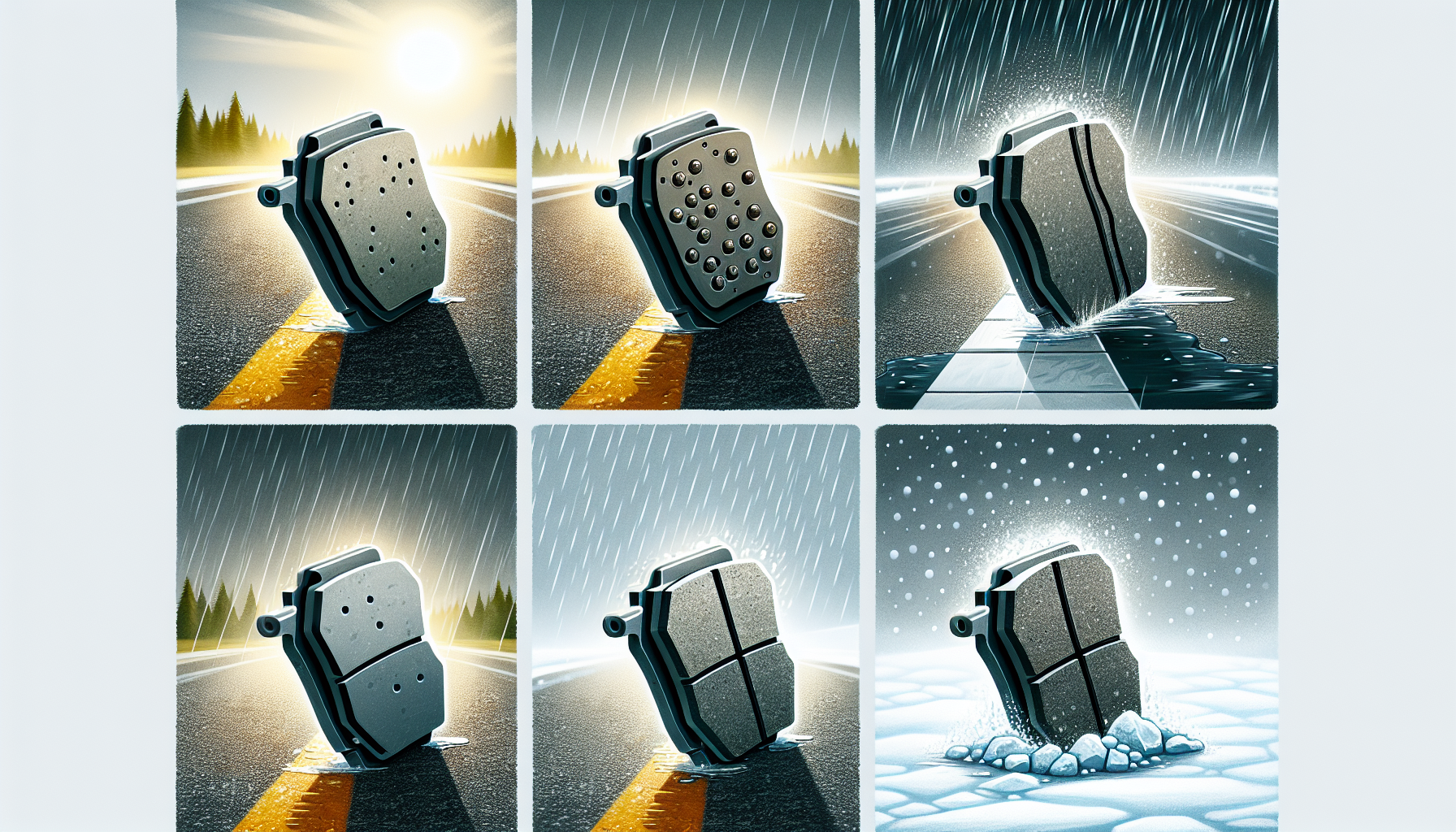
The effectiveness of your brake pads is highly influenced by the conditions under which you drive. Made from components such as rubber, Kevlar, and silica, organic brake pads are best suited for dry environments where they can function quietly. Yet these same pads usually experience faster wear in wetter settings, making them a less optimal choice if you often encounter rain or high levels of humidity.
Selecting appropriate brake pads necessitates an assessment of the regular driving scenarios you face. Optimal performance hinges on matching your brake pad type to whether your journeys primarily take place on arid urban streets or moisture-laden rural paths.
Summary
To wrap up, the type of brake pads you select greatly influences your vehicle’s braking performance, safety, and overall driving experience. By understanding your driving style and typical road conditions, and matching these with the right brake pad type, you can enhance your vehicle’s performance while ensuring safety. Ceramic, semi-metallic, and organic brake pads all have their unique benefits and limitations, and understanding these can help you make an informed decision. Here’s to safer and more enjoyable driving experiences as you navigate the world of brake pads!
Frequently Asked Questions
What type of brake pads is best for city driving?
Organic brake pads are the superior option for city driving because of their quiet and soft performance, perfectly suited for regular halts and moderate braking demands.
Are semi-metallic brake pads suitable for high-performance driving?
Indeed, due to their excellent heat dissipation and durability, semi-metallic brake pads are appropriate for high-performance driving. Semi-metallic pads offer a blend of materials that make them an optimal choice in scenarios requiring robust braking performance.
What role do fine copper fibers play in ceramic brake pads?
Ceramic brake pads, embedded with fine copper fibers, improve their heat conductivity, which not only boosts performance but also prolongs the lifespan of the brake system.
How does the type of vehicle affect brake pad selection?
Manufacturers commonly provide recommendations for brake pad selection tailored to the type of vehicle, considering its weight and the necessary stopping power.
What are some tips for replacing brake pads?
When conducting a replacement of brake pads, it is crucial to monitor noise emissions as an indicator of pad wear. Familiarizing oneself with the warranty conditions can facilitate a cost-efficient pad exchange. For those undertaking do-it-yourself replacements, adhering to precise procedures including reaching the brake caliper and installing new pads is essential.

 UNITED STATES
UNITED STATES